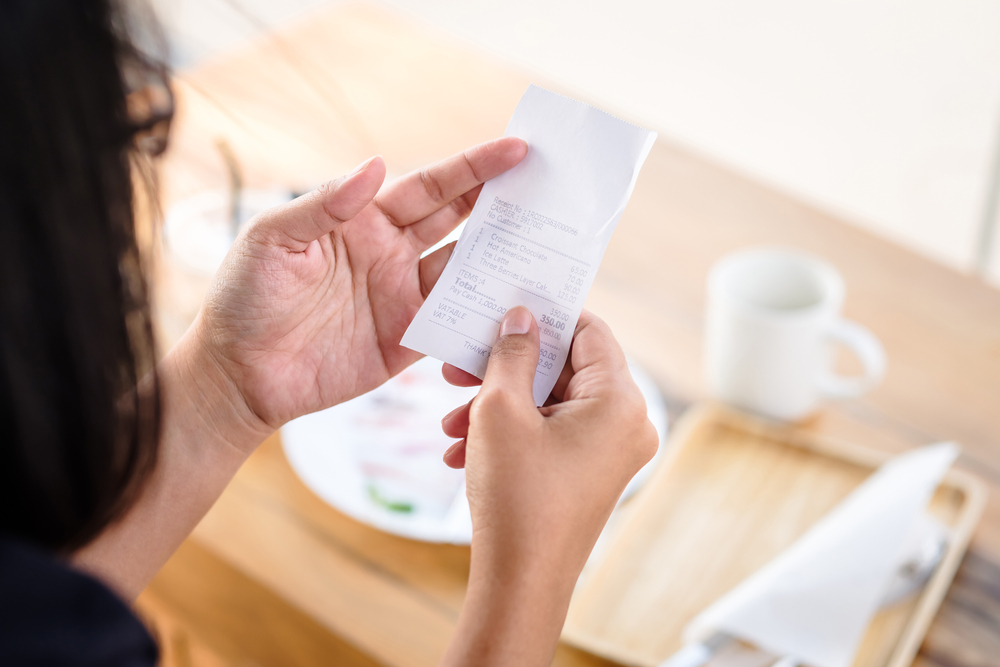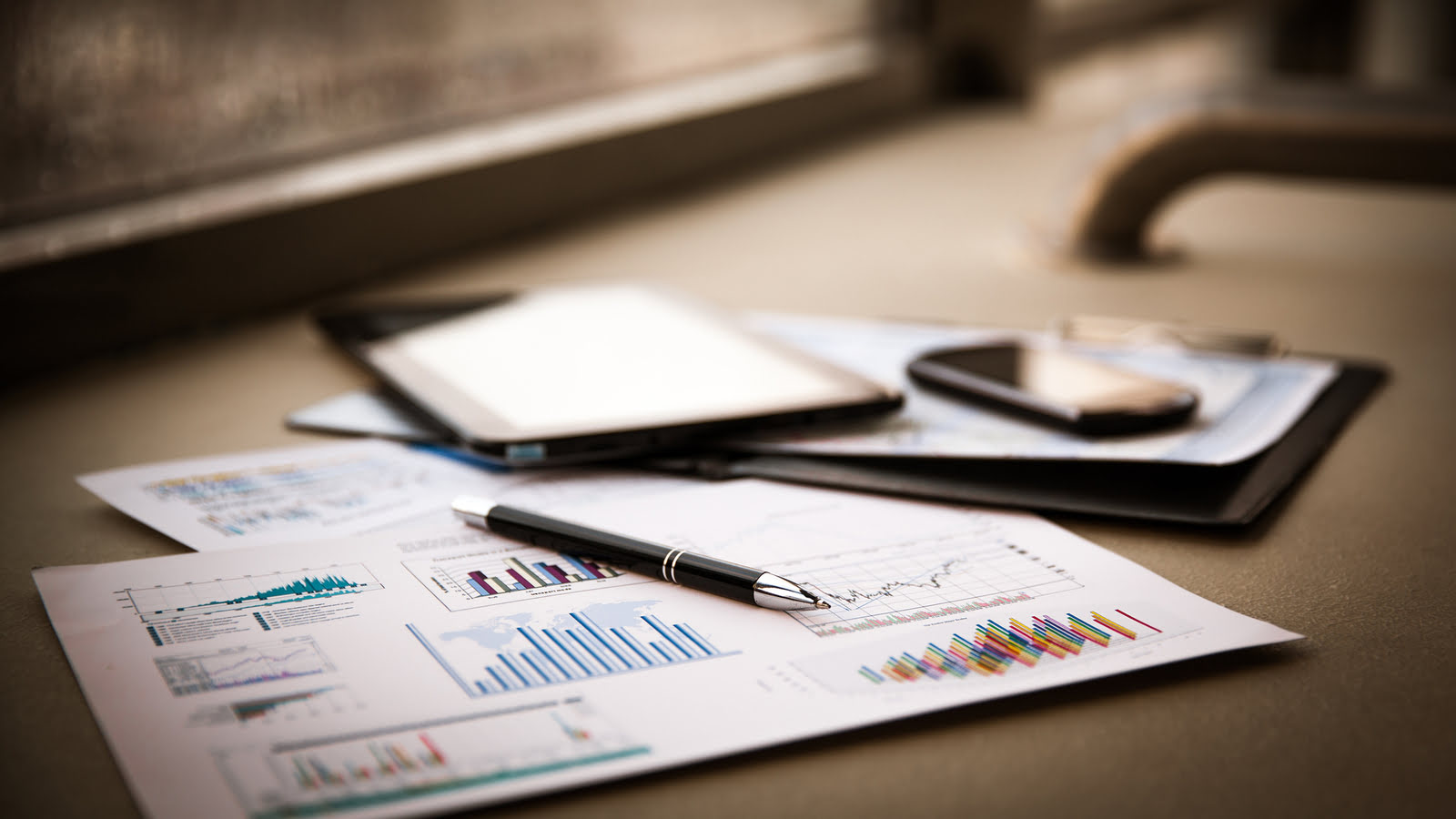Let’s be real: tracking every coffee run or client lunch can feel like splitting hairs. You might wonder if you really need to stash that mountain of lunch receipts or jot down who said what over pancakes at the local diner. Honestly, these little bookkeeping chores can seem incredibly tedious, if not downright confusing.
But here’s the upside: keeping clear records isn’t just about jumping through IRS hoops. Done right, this habit helps you claim every dollar you’re entitled to and avoid those dreaded tax-time headaches. Once you know what actually matters (and what doesn’t), business meal deductions suddenly get a whole lot simpler.
What counts as a deductible business meal?
Meal deduction rules come with more fine print than a car lease—because, let’s face it, the IRS doesn’t want everyone writing off every afternoon snack.
So, what’s allowed?
- Meals with a business purpose: Grabbed lunch with a client, employee, or prospect to talk shop? You’re good.
- Business first, social second: You need a genuine business reason. Social hangs don’t count.
- Reasonable, not outrageous: If you’re billing lobster and Dom Pérignon, expect questions. Think classic business lunch, not a luxury retreat.
- Timing matters: The work conversation needs to happen during, just before, or right after the meal.
What doesn’t make the cut?
- Solo lunches at your desk—unless work travel is involved
- Cakes and treats for birthdays (unless you’re tying it into training or a meeting)
- Meals where business talk never actually happened
Quick tip: Just seeing “Main Street Café” on your statement isn’t enough to call it a business expense.
What does the IRS actually expect me to document?
Here’s your no-nonsense checklist:
- The receipt: Hang onto the original with details—restaurant name, date, address, and the amount.
- Who was there: List their names—plus, how they’re related to your business.
- Why you met: Just a brief note, like “Discussed upcoming pitch.” No need for a play-by-play.
About those receipts: Sure, for the IRS, technically you only need them for expenses over $75. But in the real world, keeping all your meal receipts (yes, even that $8 latte) is a smart move. If anyone asks, you’ve got everything covered.
What if I pay for business meals with personal money?
For the cleanest paperwork, always use a business credit card or bank account for these expenses. That’s the easiest way to show the IRS these were legit business costs and your books will stay neat.
But let’s say you used your own card—don’t panic:
- Be extra careful: Save the receipt, and jot down all the usual details.
- Reimburse yourself: Have your business pay you back, and mark it as a business meal reimbursement. It adds transparency in case you ever have to explain it.
What's the best way to organize meal receipts?
Here’s the good news: You don’t have to turn into a human spreadsheet to stay on top of this.
- Go digital: Use your phone to snap a picture of the receipt right after your meal with apps like Expensify, QuickBooks, or even plain old Dropbox.
- Log the details now, not later: Don’t rely on your memory a month from now. Make a quick note about attendees and the reason for meeting while it’s fresh.
- Sort as you go: Set up folders in your app or computer by month or quarter—or let your software sort for you.
- Backup is key: Keep backup copies—digital and maybe even paper—for at least 3–7 years, just in case.
This might feel like overkill, but it beats the panic of scrambling for records when the IRS comes knocking.
What meal deduction mistakes should I avoid?
Even seasoned business owners get tripped up by things like:
- Tossing receipts and thinking your credit card statement is enough (spoiler alert: it isn’t)
- Forgetting what you discussed—or who was even there
- Waiting until April to piece it all together (never fun)
- Mixing personal and business tabs
- Thinking every meal counts—when really, you need a bona fide business purpose
Is there a foolproof system for nailing meal expense compliance?
Definitely! Here’s an easy routine that works:
- Pay with your business credit card whenever you can.
- Snap a photo of the receipt right there at the table.
- Add a quick note with names and the meeting’s purpose.
- Store it somewhere safe—someplace easy to search later.
Put this system on autopilot and you’ll save hours, cut down on stress, and always be ready if the IRS ever knocks on your door.
The bottom line
Good record-keeping with business meals isn’t just bureaucracy—it’s a smart way to keep more money in your pocket, save time when taxes roll around, and feel confident you’re covered if questions come up.
Making this a habit—snapping, noting, organizing—means far less stress, more money back, and no nagging doubts about “doing it right.” Anyone can get the hang of this, and the fact that you’re reading up puts you way ahead.
Why not take a few minutes to tidy up your system or explore an expense app? Or even chat with your bookkeeper to see what works best for you. Trust us, your future self—and your bottom line—will be glad you did.








